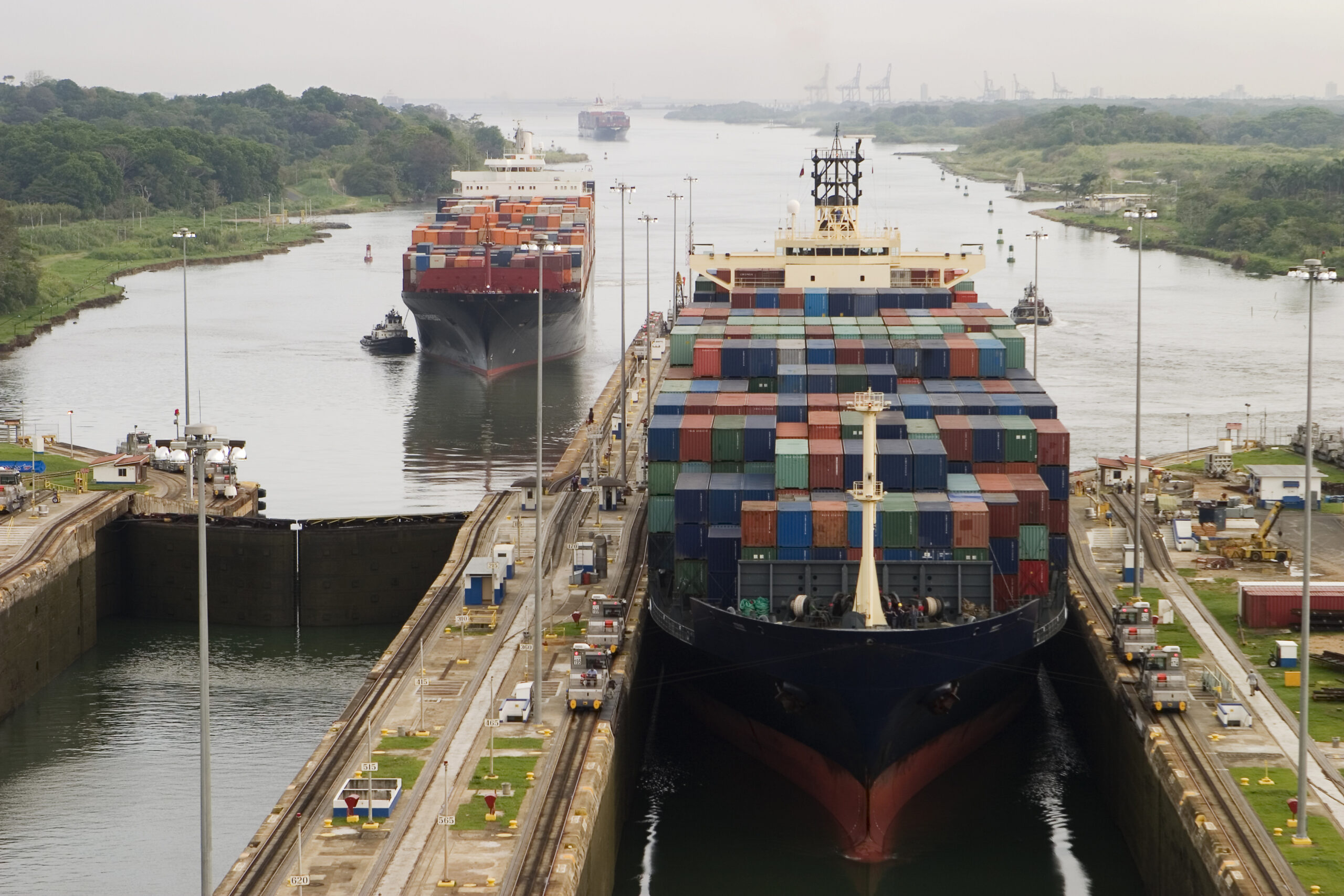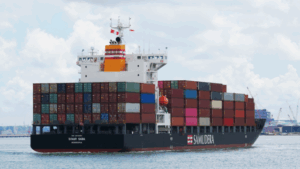The Panama Canal Authority announced on Monday it is raising to 49 feet the maximum authorized draft allowed for vessels transiting the Neopanamax Locks.
In a brief statement, the authority said the change was made due to “the present and projected level of Gatun Lake for the upcoming weeks.”
“Based on the present and projected level of Gatun Lake for the upcoming weeks, the Panama Canal Authority (ACP) announces that effective immediately, the maximum authorized draft allowed for vessels transiting the Neopanamax Locks will be 14.94 m (49.0 feet) TFW,” the authority reported.
The ACP said that it continues to monitor the level of Gatun Lake to announce future draft adjustments in a timely manner.
The previous maximum authorized draft for vessels transiting the Neopanamax Locks was 14.63 m (48.0 feet) on July 11 and 14.33 m (47.0 feet) in June.
The authority said in June that the recent precipitation in the Canal watershed has enabled the ACP to further increase the maximum allowable draft in the Neopanamax Locks.
Panama Canal held a press conference last month highlighting the relevance of the recent Supreme Court decision on the limits of the Panama Canal watershed.
The authority is now considering of constructing a new reservoir to be able to compensate for the amount of water that is extracted from the transit operation of the Canal.
Estimates of the execution time for the new reservoir is around six years, it was explained during the meeting.
Oscar Ramírez, board member of Panama Canal indicated that “the Indio River alone is not the solution, since other actions and projects are required to accompany the initiative, while taking into account that events such as climate change add anxiety to current projects.”
Panama Canal believes that this ruling allows to strengthen its commitment to responsible and sustainable management of its water resources.
It is also believed that the execution of water projects is necessary to ensure the reliability of the route, as the operation of the Canal would face a critical period in the next 10 years.



